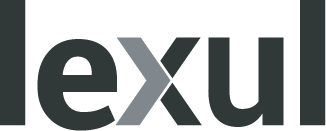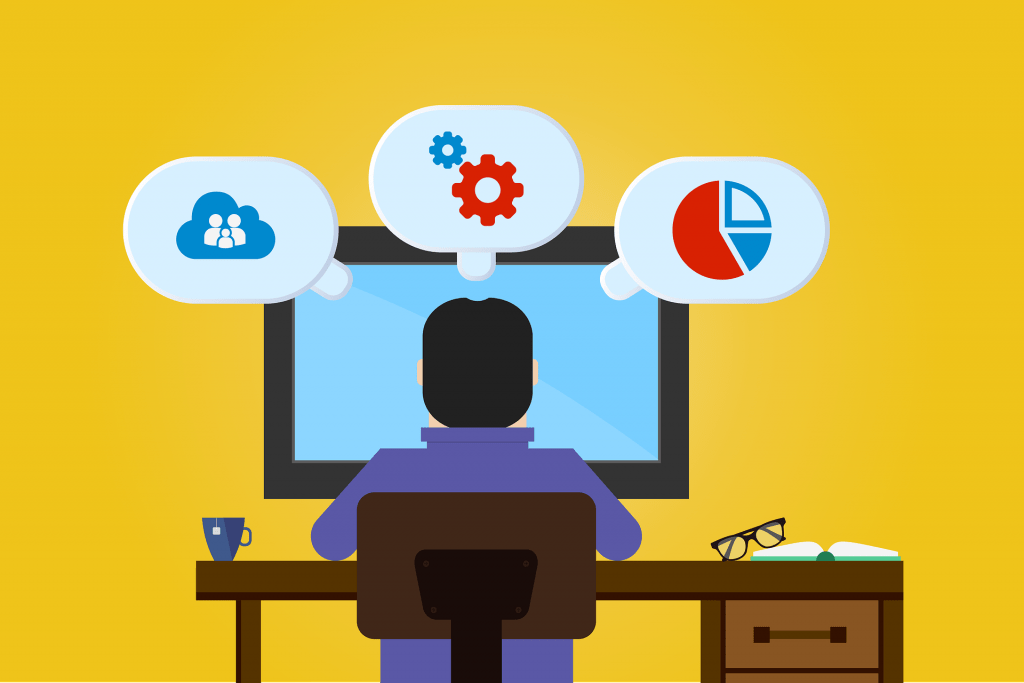As technology continues to advance the question of whether to build or to buy software is not getting any easier. Sleepless nights for an executive considering this decision is most likely not an uncommon occurrence.
Subscription software is now available to meet almost any business need, and this is becoming a familiar way to access a product. Gmail and Office 365 are two subscription models that most people will be familiar with. But subscription software is used for accounting, help desks, CMS’s, and much more.
Subscription models are a very simple concept, but leave you lacking much control, while custom software becomes ever more affordable and the quality has improved greatly.
Both options have seen big improvements over the last 5-10 years in capability and quality. The right decision can have a great impact on your company and help set it apart from the competition. But it’s not always an easy call to make.
The aim here is to discuss the advantages of each and help you come to a decision as to which is the best option for your company.
Additionally, there is a third hybrid option increasingly available, where software as a service is combined with custom solutions, this may prove to be the best solution to most small to medium sized businesses.
Cost To Change
At first glance software as a service (SaaS) appears to be fast and cheap to both purchase and implement. However, the true cost may be higher than you initially realize.
Complexity
One of the biggest issues with SaaS is complexity. To meet the needs of a great amount of many clients it needs to be configurable. Those configurable options add complexity. While your company may only use some features and parts of the software, that added complexity may make it less easy to use with your staff having to be aware and navigate around parts that are redundant.
Training
Even intuitive software requires training. Are there experts and consultants available (and at what cost) or is it a smaller software company without a third party support network? In that case you are reliant on their availability and rates, not to mention the quality of their consultants. It may be that the software meets your needs well while the consultants they have are less of a fit.
Data Migration
Data migration is another key aspect. A SaaS company will assure you the data is yours, commonly it’s not possible to get data exported in a way that can be used to migrate it to a new software package.
Lexul recently experienced this when migrating accounting software, when we moved from Freshbooks to Zoho. This was Zoho’s response for importing prior invoices:
“Even though FreshBooks allows you to export Invoice data as CSV file, the data/fields provided in the exported file is too limited to be imported into any other software. So, importing your historical invoices will be impossible.”
We found that simply frustrating because an invoice is a fairly standardized piece of data.
Making the decision
A SaaS software product may appear simple to implement, but consider what needs to happen after clicking the buy button. Potentially, you could be looking at anywhere from dozens to hundreds of hours spent training staff, importing data (where possible) and integrating the software into the flow of your business.
Finally, consider how long you will be able to use this software. Will your business needs change so that this software is no longer compatible with those needs?
If the software is simple and easy to implement into the workflow, then that will always be a solid case for SaaS. To make a case for custom software, you’ll need significant implementation, training, and/or migration costs.
Control Over Bugs & Features
When considering the needs of software for your business it can help to think of this simple scenario. Suppose you uncover a bug in the software. Software will be updated frequently, possibly even multiple times a day behind the scenes without the client being aware. The issue is, if you do notice, suppose there was a critical bug in the software which directly impacts your workflow?
You need to be confident in how fast the software provider will react to that report and issue a bug fix, you are at the mercy of their speed of response.
A single bug could, in the worst case scenario, cause the software to be rendered inoperable for your company.
This issue could arise both with custom software or software as a service, the difference being, with custom software you are a bigger customer to the development company. With a software as a service company you could be one of their smallest clients, or possibly even one of ten thousand.
Reliability of the software and response time to problems are going to be a key part of your decision making.
This is a critical but often overlooked aspect, during the buying process it’s rarely considered how the lack of the software could impact business operations.
The Last 10%
Sometimes the decision to purchase custom software comes down to the ‘last 10%’. Off the shelf software could possibly do 90% of the workflow of your business, leaving you to manually complete the last 10%.
Assuming that the last 10% may cost you a full time employee, what does that equate to? That could mean $30,000 a year for an administrative person once you factor in salary, time off and other benefits. That $30,000 may or may not be worth custom software, that one employee may be what your business is relying on to see you through the last 10% of your process, and your business could very well be reliant on the skills and knowledge of one person.
With this specific scenario custom software would grant you access to the knowledge and talent of your workforce team with full 100% potential. So you don’t have to worry about only achieving a partial percent of accessibility by having to rely upon a single person or employee.
Summary
Ultimately, to buy or build should be based on these key factors for the business owner.
The first is whether the risk reward is there. Is the risk of the development less than the reward of it performing?
The risk factor depends on how good the company is at conveying the process and workflow, as well as describing all of the exceptions. Not only this but also tasking a solution led software company who will provide the ongoing management and maintenance required.
If so you would move on to the second step.
Will this software propel your business forward, or is it just an added complexity to your company? The software should offer a measurable input to growing your business or reducing costs, ideally both. Whether or not you want employee potential and talent to be maximized and met with ease of use and implementation.
Finally, you should ask the question of how will this product or service aid my team to be better at their job and in the end lead to overall better results? Will this software product lead to longer customer retention and overall staff and customer satisfaction?
Making sure your staff and customers have the exact tools they need for simplicity and usability is essential to running any company.
Unless these factors are met it’s unlikely the software will be a good long term fit.
Ready for a custom software solution?
Contact Lexul today!


